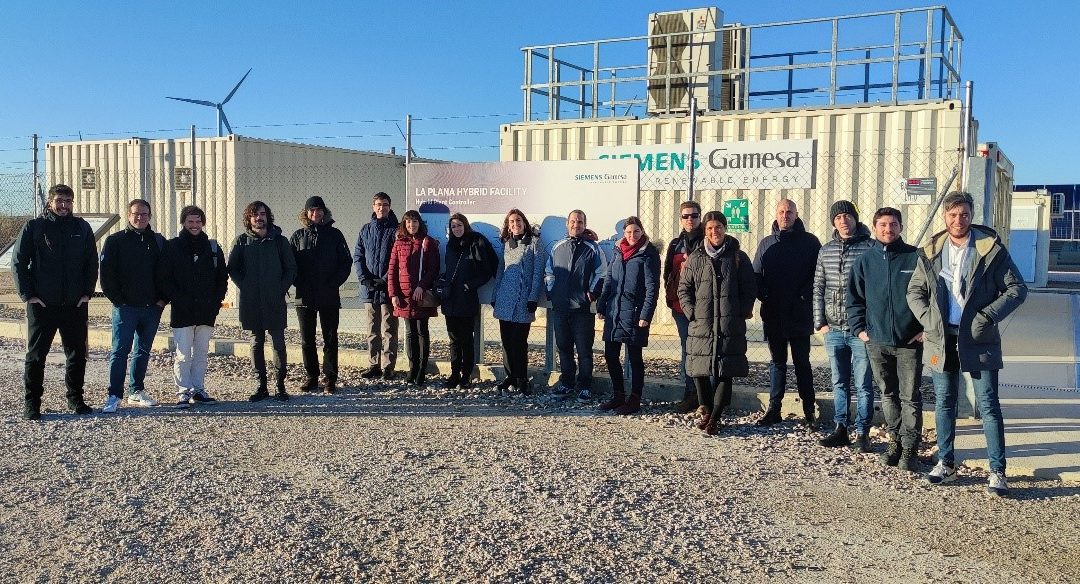The TALENT project aims to promote the grid integration of electrical storage through batteries, reducing costs and improving efficiency, encouraging grid flexibility. The team in this initiative, funded by the EU H2020 Programme, gather six companies, three technology centres, an association and a university, who had met at CIRCE’s facilities to hold the sixth monitoring meeting.
To achieve with this goal, new technologies have been developed to integrate these batteries into the electrical grid at different voltage levels. They are based on scalable and modular grid architectures. Besides this, a SaaS service (Software as a Service) able to manage grid resources (generation and demand) has been developed and all of this had been successfully validated in at Siemens Gamesa’s La Plana pilot plant.
Currently, six month before the end, TALENT is nearing the last step of its journey. The developments needed to integrate the 800 V and 1500 V batteries have been successfully validated and finalised, and the ambitious 3000 V battery case is getting finished. In the last step of the project, a rigorous study will be carried out to demonstrate the advantages of the developed technology in terms of efficiency and cost.
